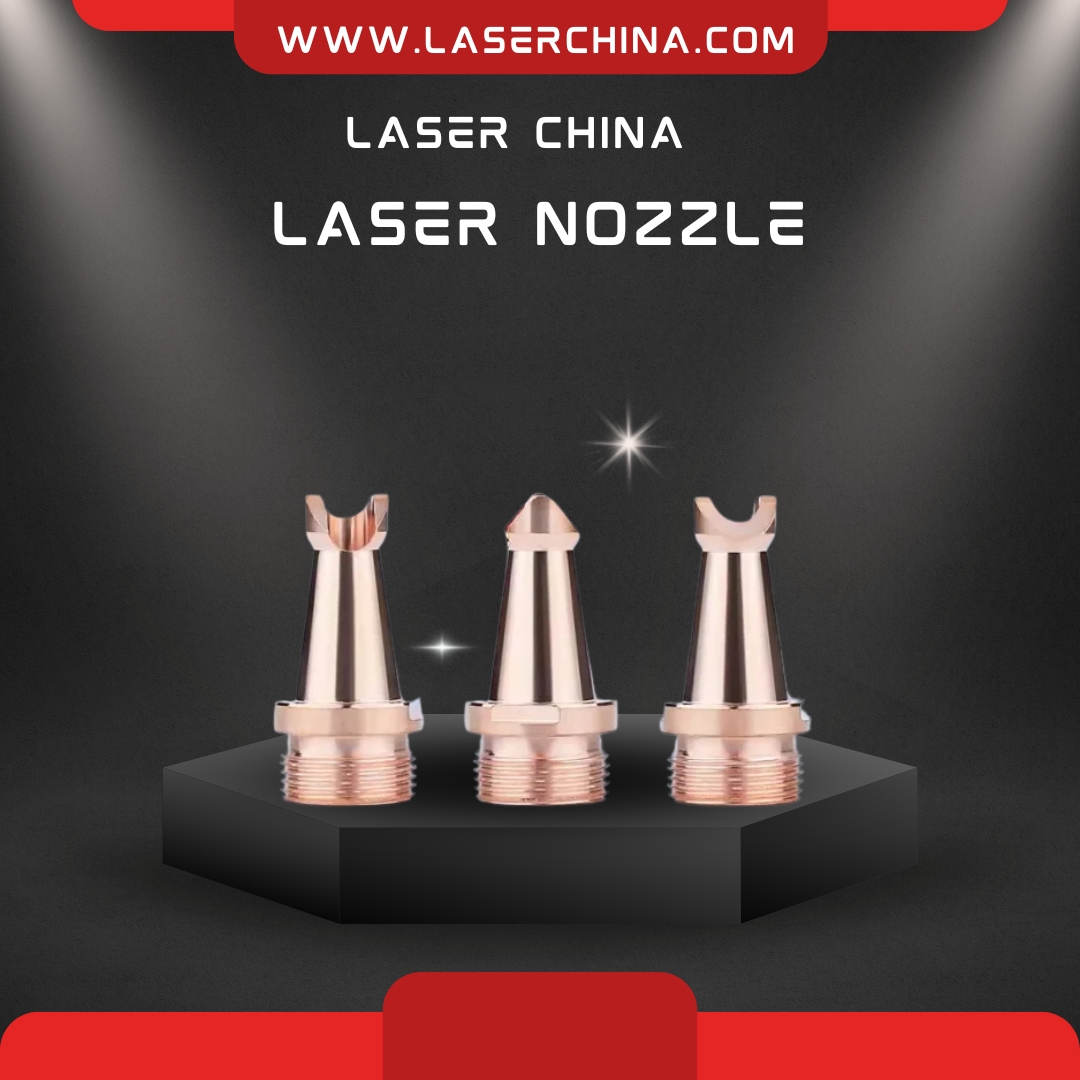Optic fiber welding, commonly referred to as fiber splicing or fusion splicing, is the process of permanently joining two optical fibers to create a continuous optical path. This technique is essential for fiber optic communication networks, ensuring minimal signal loss and high-speed data transmission.
Understanding Optic Fiber Welding
Optic fibers are delicate glass or plastic strands that carry light signals over long distances with minimal interference. To maintain efficiency, damaged or cut fibers must be properly connected using fiber welding. There are two main splicing techniques: fusion splicing and mechanical splicing.
-
Fusion Splicing:
- This is the most widely used method, involving the precise alignment of fiber ends and the use of an electric arc to melt and fuse them together.
- It results in a seamless connection with extremely low signal loss.
- Special fusion splicing machines ensure high precision and durability.
-
Mechanical Splicing:
- Instead of melting the fibers, mechanical splicing aligns them using a special connector and index-matching gel to minimize light reflection.
- While simpler, this method has slightly higher signal loss compared to fusion splicing.
Advantages of Optic Fiber Welding
- Minimal Signal Loss: Fusion splicing offers the lowest insertion loss, ensuring efficient data transmission.
- Increased Network Reliability: Strong, durable splices reduce the risk of network failures.
- Improved Performance: High-speed internet, data centers, and telecommunication networks rely on seamless fiber connections.
- Cost-Effective in the Long Run: While fusion splicing machines are expensive, the long-term benefits outweigh the initial cost.
Applications of Optic Fiber Welding
Optic fiber welding is used in various industries, including:
- Telecommunications: For high-speed internet and communication networks.
- Data Centers: Ensuring seamless data transfer between servers.
- Medical Equipment: Used in endoscopic imaging and laser treatments.
- Military and Aerospace: For secure, high-speed data transmission in critical operations.
Challenges and Considerations
Although optic fiber welding offers numerous benefits, it requires skilled technicians and precise equipment. Common challenges include:
- Alignment Issues: Improper fiber alignment can cause excessive signal loss.
- Environmental Factors: Dust, moisture, and temperature fluctuations can affect splice quality.
- Equipment Cost: High-quality fusion splicers are expensive but essential for professional results.
Conclusion
Optic fiber welding is a critical technology that enhances network performance by ensuring strong, low-loss fiber connections. As industries continue to adopt fiber optics for faster communication, mastering fusion splicing techniques will be crucial for future infrastructure development.
